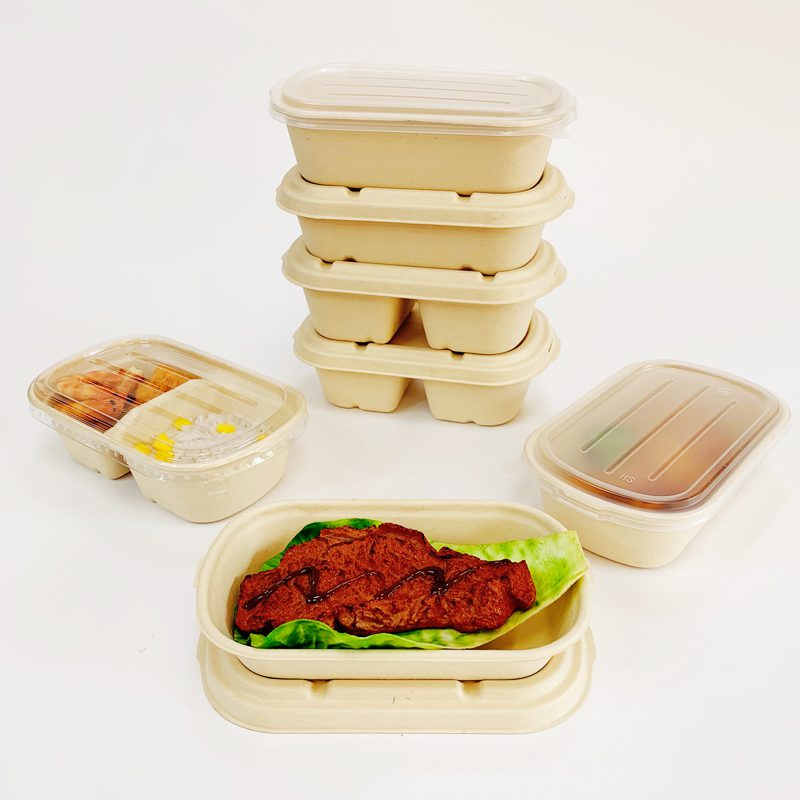
As consumers become more environmentally conscious, there’s been a growing demand for sustainable food packaging. One of the most promising solutions to this problem is bagasse food packaging, which is made from the fibrous residue left behind after sugarcane is processed.
What is Bagasse?
Bagasse is a natural byproduct of sugarcane processing, and it’s typically burned or discarded after the juice has been extracted from the canes. However, bagasse is rich in cellulose fibers, and it can be used to make a wide variety of products, including food packaging.
Environmental Benefits of Bagasse Food Packaging
One of the primary benefits of bagasse food packaging is that it’s biodegradable and compostable. Unlike traditional plastic food packaging, bagasse will break down into natural materials within a few months, rather than taking hundreds or even thousands of years to decompose.
Using bagasse instead of plastic food packaging can also help reduce the amount of waste sent to landfills and incinerators, which can have a significant impact on our environment. According to a study by the Environmental Protection Agency, landfills are the third-largest source of human-related methane emissions in the United States.
Economic Benefits of Bagasse Food Packaging
Bagasse food packaging also has economic benefits for both producers and consumers. For producers, bagasse is a low-cost alternative to plastic and other materials, which can reduce production costs and increase profit margins.
Consumers may also benefit from using bagasse food packaging, as many food producers are starting to offer discounts or other incentives for customers who bring their own reusable containers. In addition, using bagasse or other sustainable packaging materials can help companies appeal to eco-conscious consumers and improve their brand image.
Innovations in Bagasse Food Packaging
As the demand for sustainable food packaging continues to grow, companies are increasingly looking for ways to innovate and improve bagasse food packaging technology. For example, some producers are experimenting with adding natural antimicrobial agents to bagasse to extend its shelf life and ensure food safety.
Other companies are developing new manufacturing processes that allow them to make bagasse food packaging that’s more durable and versatile than traditional plastic containers. For example, some companies are using advanced injection molding techniques to create bagasse containers that can withstand high temperatures and are suitable for use in microwaves or ovens.
Consumer Perceptions of Bagasse Food Packaging
Despite the many benefits of bagasse food packaging, some consumers may be hesitant to adopt it due to concerns about usability, durability, and cost. However, as bagasse technology continues to improve and companies offer more incentives for using sustainable packaging, it’s likely that consumer perceptions will shift.
Overall, bagasse food packaging offers a promising solution to the problem of unsustainable food packaging. By choosing bagasse over plastic or other materials, businesses and consumers can help reduce waste, conserve resources, and create a more sustainable future for everyone.
Bagasse Takeaway Food Containers
